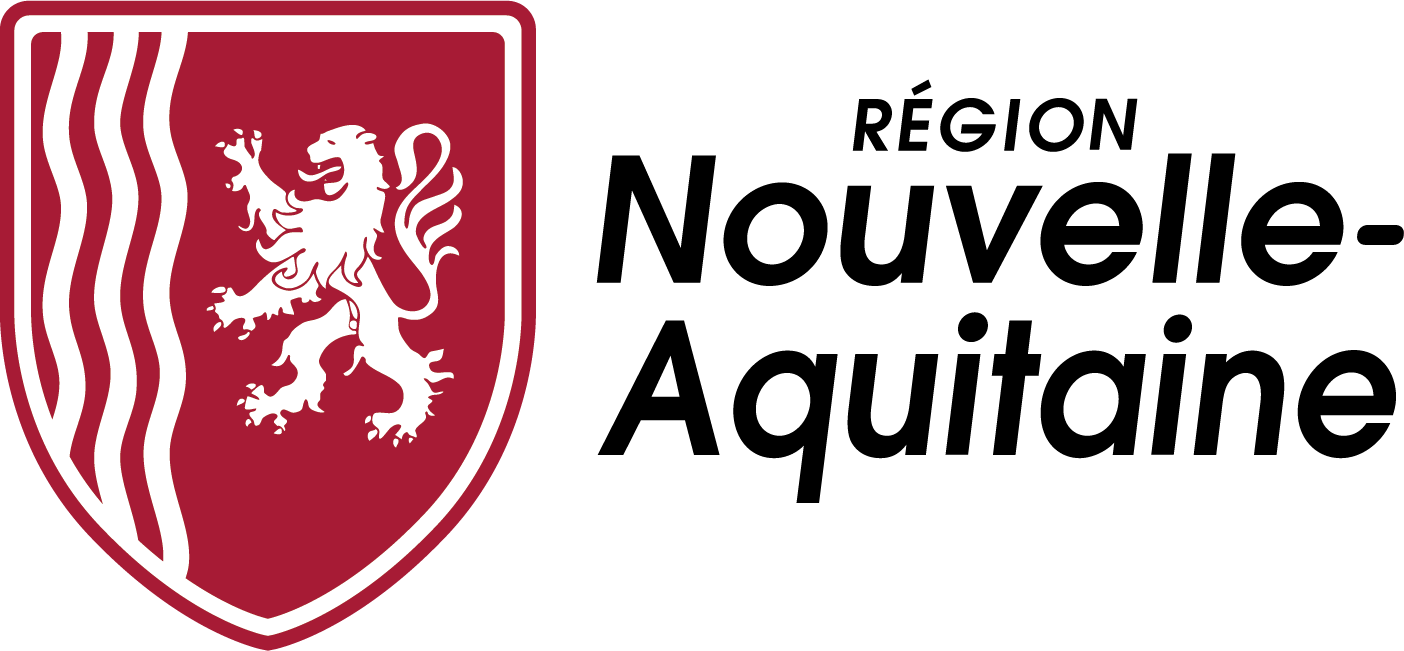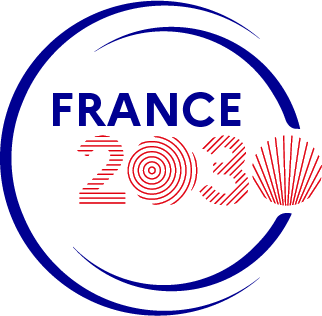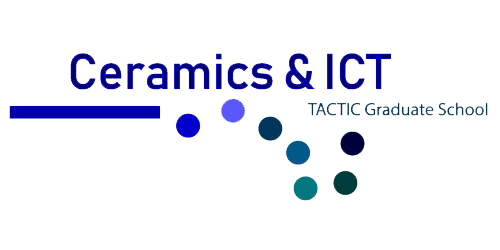You are here
Numerical simulation of nonlinear beam propagation in dielectric waveguides with quadratic nonlinearities
TESFAYE KASSAHUN
Abstract:
Mr. Kassahun Mamuye Tesfaye is Phd candidate at the University of Brescia (Italy) and he is currently conducting his research on numerical simulations for light propagation in optically poled fibers and lithium niobate waveguides. During his period of stay at the XLIM Institute, Mr. Kassahun Mamuye Tesfaye will keep developing numerical codes to study the propagation of light pulses in two guiding structures exhibiting quadratic nonlinear properties: optically poled fibers and lithium niobate waveguides. The optical poling is generally obtained by exposing a glass optical fiber to an intense laser light for some hours: this procedure induces a migration of charges in the glass which in turn creates a quadratic nonlinearity permitting second harmonic generation. Lithium niobate inherently has quadratic nonlinearity and waveguides based on this material are also commercially available. The purpose of his simulations will be to predict the efficiency of wavelength conversion processes such as second harmonic generation or difference frequency generation. To better identify all the phenomena to be accounted for by the numerical model and devise the best procedure to measure the achievable conversion efficiencies, Mr. Kassahun Mamuye Tesfaye will also assist, as an observer, at some experimental sessions carried out at the XLIM institute with the constant presence and support of permanent researchers and technical staff, ensuring adherence to laser safety guidelines. The experiments will be carried out using commercially available optical fibers and lithium niobate waveguides; the light source will be a simple Nd YAG microchip laser and the light will be analyzed by resorting to standard instrumentation (like CMOS cameras and spectrum analyzers) working in the visible and near infrared wavelength range.










 UMR CNRS n°7252
UMR CNRS n°7252